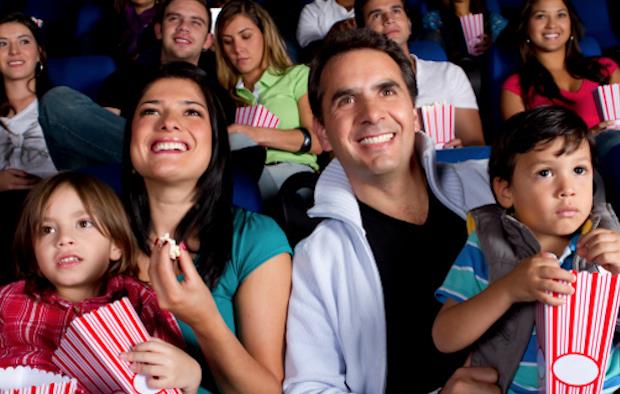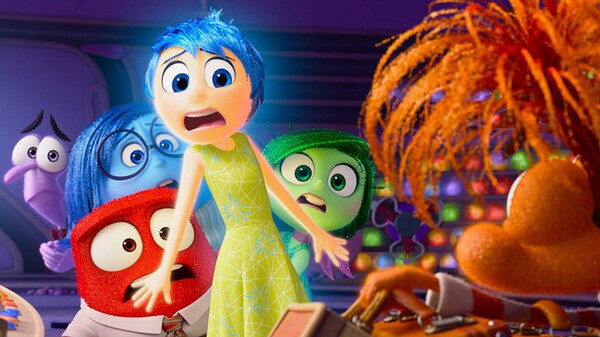The impact of sexually violent media on viewer attitudes towards women. Two studies
The presence of women in the media continues to be an important field
of study. The way in which women are portrayed is also an issue of
great concern. I would like to discuss two studies which question the
influence of certain material regarding women.
In the first article –
Positive female role-models eliminate negative effects of sexually
violent media, Ferguson, C.J.,
“Journal of Communication” 62 (2012), pg 888-899– the author
examines the impact of sexually violent media. Ferguson analysed the
negative attitudes in relation to male and female relationships and the
female responses in relation to this material. The study was entirely
carried out in the US, the participants were asked to vision three
types of material: neutral media contents, sexually violent media
contents with weak, subordinate, female characters and lastly, sexually
violent material with strong independent female characters.
The women who assisted the negative (sexually violent) media were more
anxious. However, the men who watched sexually violent media had more
negative attitudes towards women but only when female characters were
weak and subordinate. Sexual and violent content had no influence on
viewer attitudes when strong female characters were present. Ferguson
observed that “it is possible that negative representations of women
give rise to negative stereotypes which some men have on women whereas
positive images challenge them.” When women “watch negatives images of
women it often reminds them of sexism and stereotypes which can
threaten their expectations in terms of esteem and treatment.” In
addition, further results show “ that women depicted in sexually
violent scenes in the media promotes a sense of feminine solidarity
against sexist or misogynous scenes”. These results would seem
that the effects regard the form of the scenes rather than the sexually
violent content in itself.
In
Understanding sexual objectification: a comprehensive approach
toward media exposure and girls’ internalization of beauty ideals,
self objectification and body surveillance,
Vandenbosch, L and Eggermont, S “Journal of Communication”, 62, pg
869-887- the authors examined the exposure to musical videos with
sexual content in prime time TV programmes, in fashion magazines and in
social networks. The authors examined in each woman the internalization
of beauty models in these programmes, the self-objectification and body
surveillance among adolescents as a consequence of watching such
material.
Vandenbosch and Eggermont support the theory that the exposure of media
is a means of sexual objectification and internalization of beauty
ideals, particularly in those of females. It is fair to note however,
that the effects seem to differ according to the type of media which
were used to show this material.
According to Vandenbosch and Eggermont the internalization of beauty
ideals and the formation of the personality are directly linked to
almost all types of media exposure and “seem to act as a mainstay
between media exposure, on one part there is self-objectification and
on the other part there is body surveillance”. As a result, adolescents
place more importance on their physical appearance.
Limits of both studies
One could establish a series of substantial limits in both studies.
Firstly, the size of the sample was not large enough to establish
conclusive results, that is to say that these studies do not have a
significant number of participants in either cases- in the first there
were only 150 and in the second there were 538. Secondly, there is a
geographical limit, the results are based on data from a limited area
and therefore can be influenced by cultural conditions. Furthermore,
there are not enough elements to compare with or to make an ulterior
analysis on.
Final Conclusion
Despite the abovementioned limits one can reach an important
conclusion: the negative contents present in media – especially those
with sexual violent connotations towards women have a direct and
long-term negative influence. The design and content of audiovisuals,
the press and Internet and other media should pay closer attention to
the images associated with women in regard to the meaning to which it
is attributed.
The results of the two studies show the importance of media as
transmitters of beauty ideals and the canons of beauty which women
adopt above all in adolescence. The media show unreal or even negative
models of women as if they were universally recognised even if these
ideals in actual fact do not contribute to a full development and
respectful attitude towards women.














